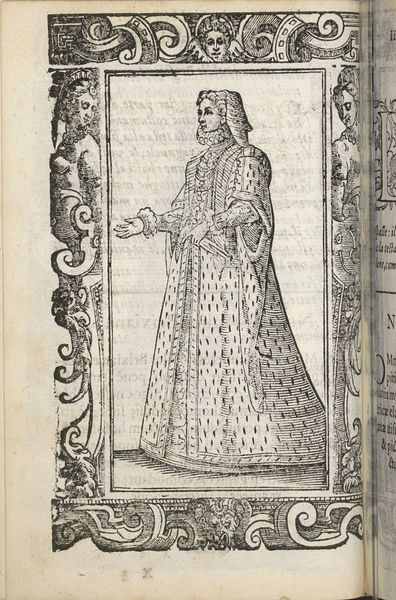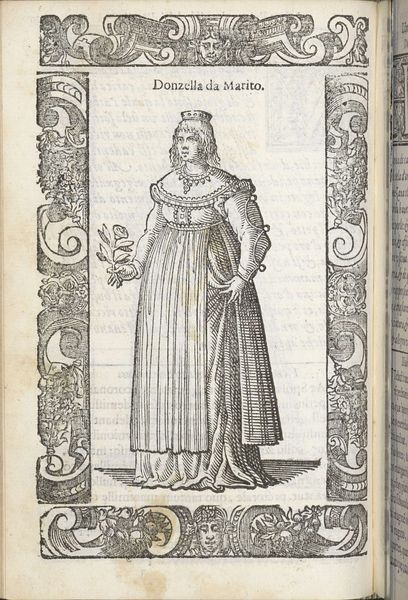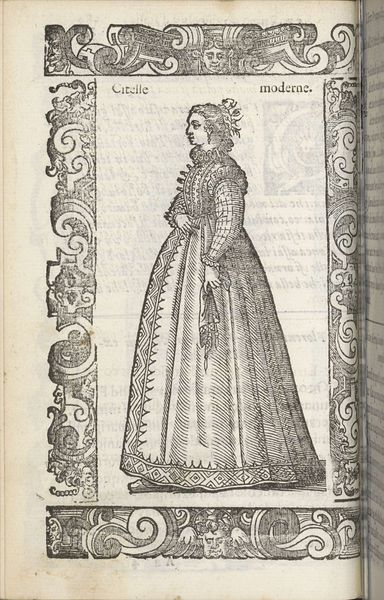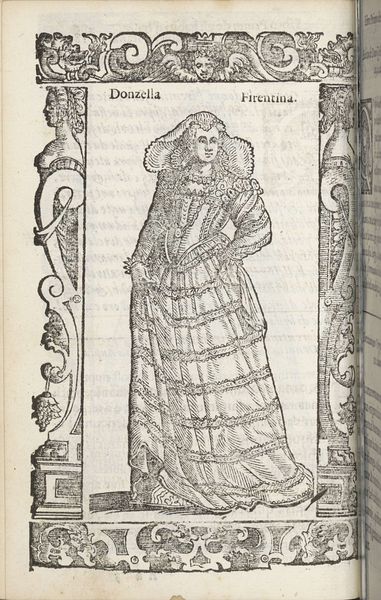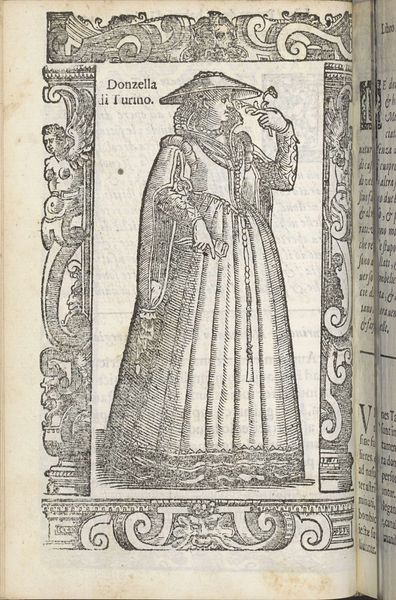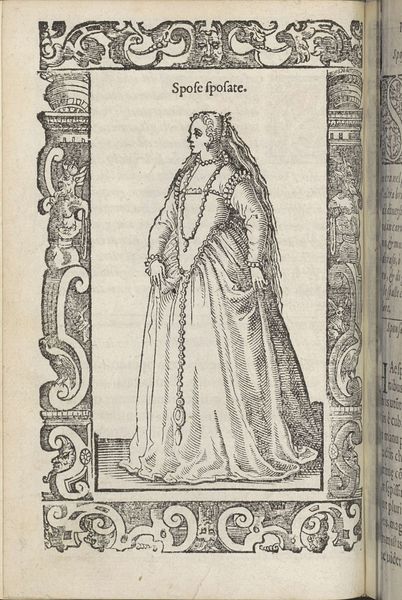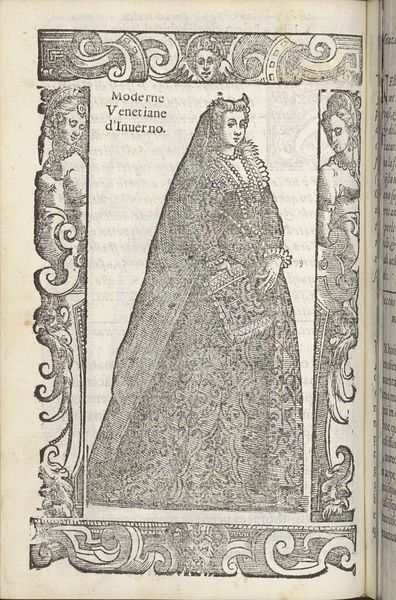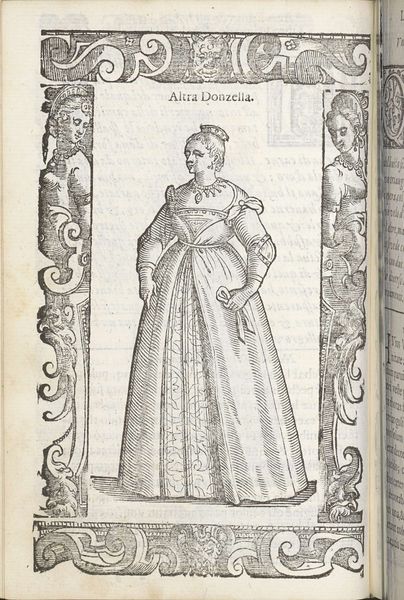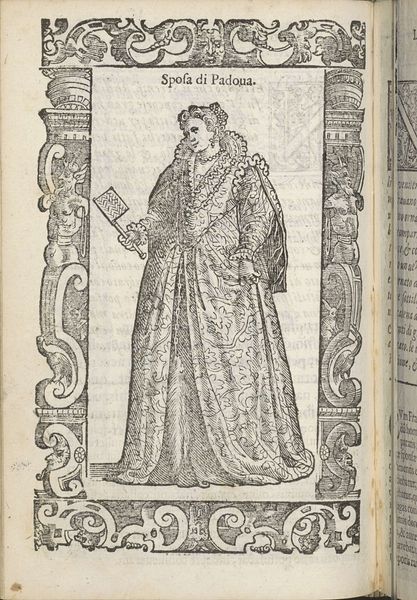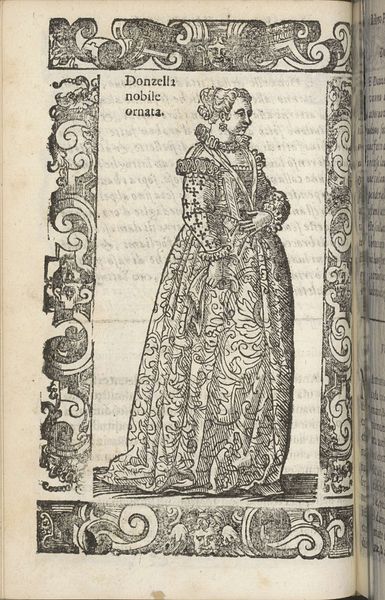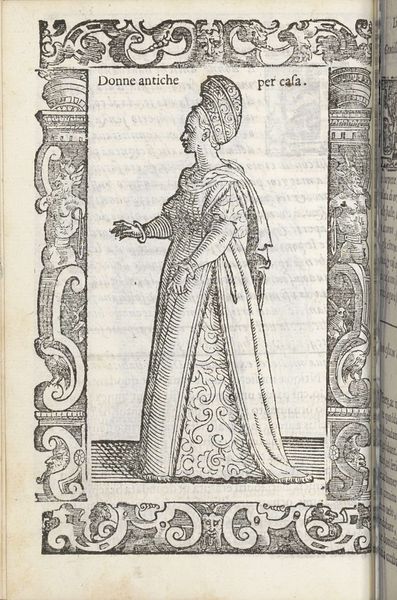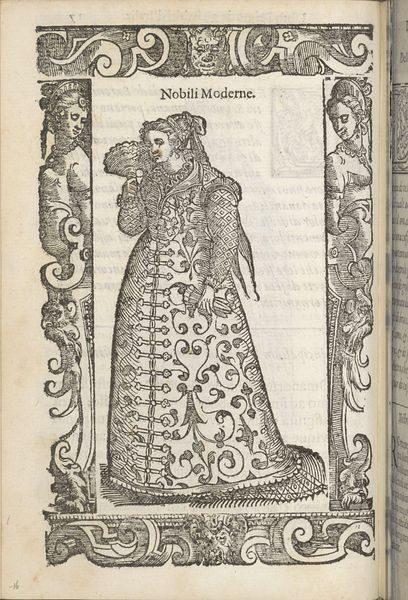
print, engraving
#
portrait
# print
#
figuration
#
11_renaissance
#
italian-renaissance
#
engraving
Dimensions: height 167 mm, width 125 mm
Copyright: Rijks Museum: Open Domain
Editor: We're looking at "Vsati in Venetia 1550", an engraving by Christoph Krieger from 1598. The detailing in her dress is remarkable. How would you interpret this portrait through a historical lens? Curator: Well, considering the socio-political context, this engraving serves as a visual document reflecting Venetian fashion and potentially, societal ideals of the late 16th century. The precise rendering of the dress allows us to see it as more than just a representation; it signifies status and perhaps, aspirations. The attire itself likely conveys social standing and adherence to contemporary cultural norms in Venice. But what message do you think an image like this sends to its viewers, then and now? Editor: I hadn't considered it as communicating something that explicit. Maybe fashion was so entwined with societal expectations back then that its presence naturally spoke for them. The clothing then serves almost like a form of visual language! Curator: Precisely. This engraving, therefore, becomes a coded message, understandable within the context of its time. Think about where this print might have circulated – its distribution also informs how its messages were received and by whom. Editor: So, understanding its viewers shapes its interpretation? It becomes a political act of representation! Thank you! Curator: Indeed! Thinking about art as enmeshed within its web of creation and reception changes everything, doesn’t it?
Comments
No comments
Be the first to comment and join the conversation on the ultimate creative platform.
